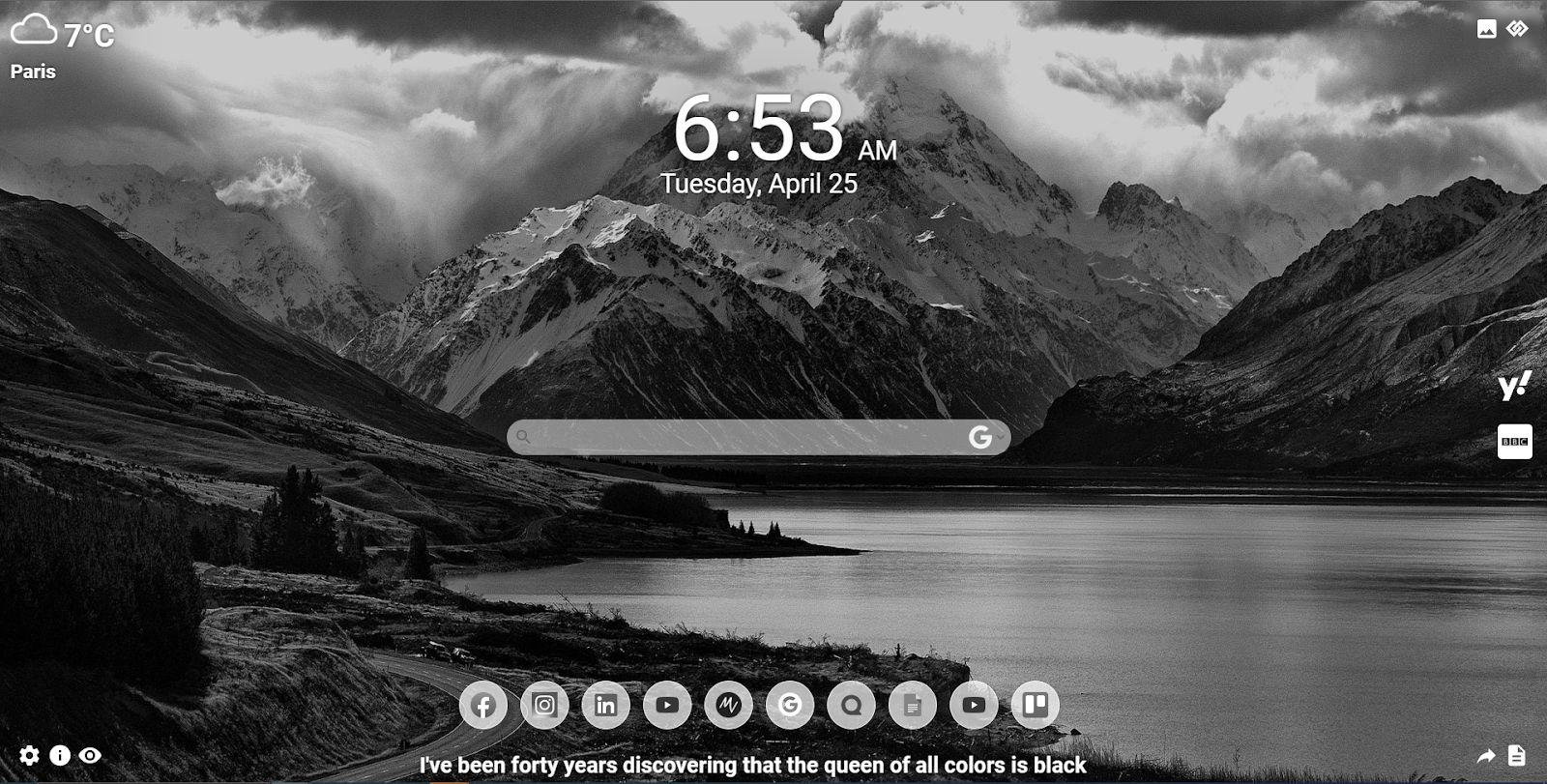Mastering the Art of Black and White Photography: Tips for Captivating Monochromatic Images

Introduction

Black and white photography has a timeless and evocative quality that can transform even the simplest of scenes into powerful visual narratives. Stripping away color allows photographers to focus on the interplay of light, shadow, and texture, resulting in images that are both striking and emotionally charged. Whether you're a beginner or an experienced photographer, mastering the art of black and white photography can significantly enhance your skills. In this blog, we'll delve into some essential tips to help you capture stunning black and white images.
Understand the Power of Light and Shadow
One of the fundamental aspects of black and white photography is the interplay between light and shadow. These elements create contrast, depth, and dimension in your images. To create impactful photos, pay close attention to the direction and quality of light. Experiment with different lighting setups, such as side lighting or backlighting, to highlight textures and shapes in your subjects.
Choose the Right Subjects
Certain subjects translate exceptionally well into black and white. Look for scenes with strong shapes, patterns, textures, and contrast. Architecture, landscapes, portraits, and street scenes often lend themselves beautifully to monochromatic photography. Keep an eye out for scenes that have interesting elements even without color.
Shoot in RAW
When shooting black and white, it's best to shoot in RAW format rather than JPEG. RAW files contain more information and allow for greater flexibility during post-processing. You'll have more control over adjusting contrast, tones, and details without sacrificing image quality.
Focus on Composition
Composition plays a crucial role in black and white photography. The absence of color means that other elements, such as lines, shapes, and leading lines, become even more important in guiding the viewer's eye. Use the rule of thirds, leading lines, and framing techniques to create a visually pleasing composition.
Pay Attention to Textures
Textures are enhanced in black and white photography, adding depth and tactile qualities to your images. Capture the roughness of a weathered building, the softness of a portrait subject's skin, or the intricacies of nature. Experiment with different angles and lighting conditions to bring out these textures.
Set the Right Contrast
An optimal contrast level is essential for impactful black and white photos. During post-processing, adjust the contrast to ensure that there's a clear distinction between the lightest and darkest parts of your image. However, be cautious not to overdo it; excessive contrast can result in loss of detail.
Use Filters
In the world of digital photography, filters can be digitally applied during post-processing to replicate the effects of physical filters used in traditional film photography. A red filter, for instance, can darken skies and enhance contrast, making clouds stand out against the background.
Experiment with Different Editing Techniques
Post-processing is where the magic of black and white photography truly comes to life. Software like Adobe Lightroom and Photoshop offer a plethora of tools to fine-tune your images. Experiment with adjusting exposure, shadows, highlights, and tonal curves to achieve the desired mood and impact.
Convert with Care
When converting your color images to black and white, avoid simply desaturating the colors. Instead, utilize tools that allow you to manipulate individual color channels. This way, you can control how each color contributes to the final monochromatic result.
Practice and Patience
As with any skill, practice is key. Don't be discouraged if your early attempts don't turn out as expected. Study the works of renowned black and white photographers for inspiration and insights. With time and practice, you'll develop your unique style and a keen eye for capturing mesmerizing monochromatic moments.
Conclusion
Black and white photography is a captivating realm that challenges photographers to perceive the world in a different light. By mastering the interplay of light and shadow, understanding composition, and harnessing the power of textures, you can create images that resonate deeply with viewers. With the right techniques and a commitment to practice, you'll embark on a journey of capturing the essence of your subjects through the elegance of black and white photography.
